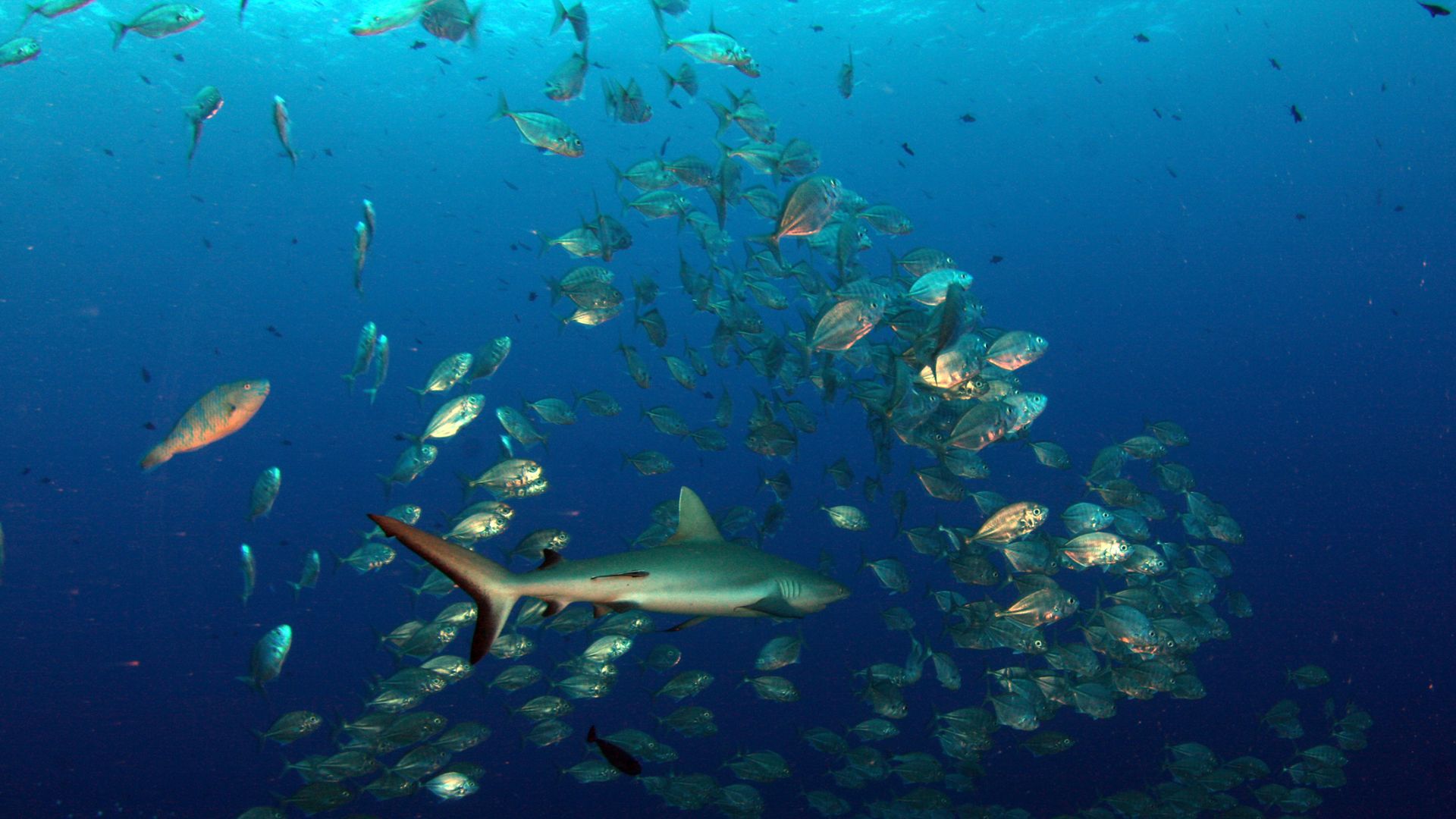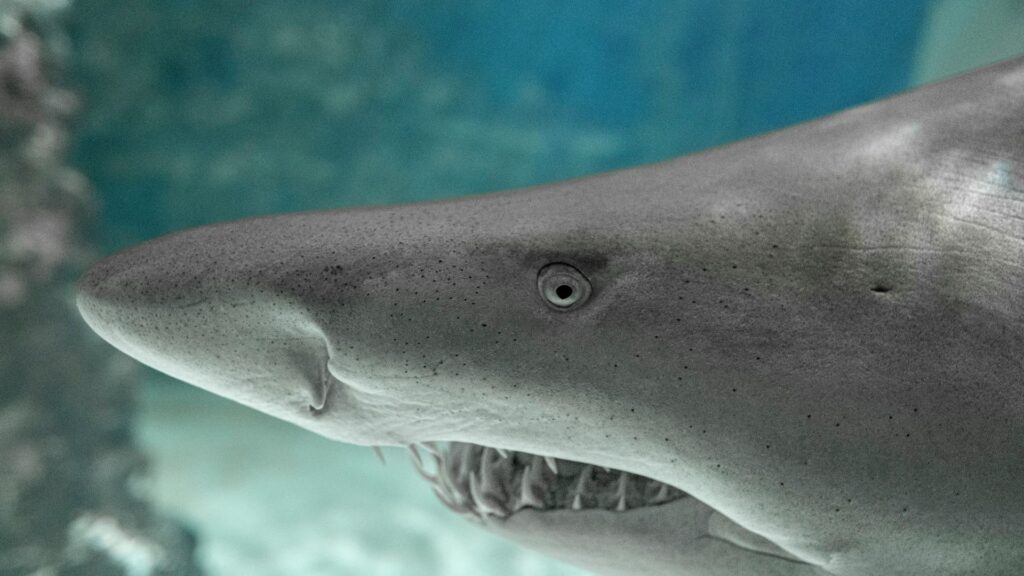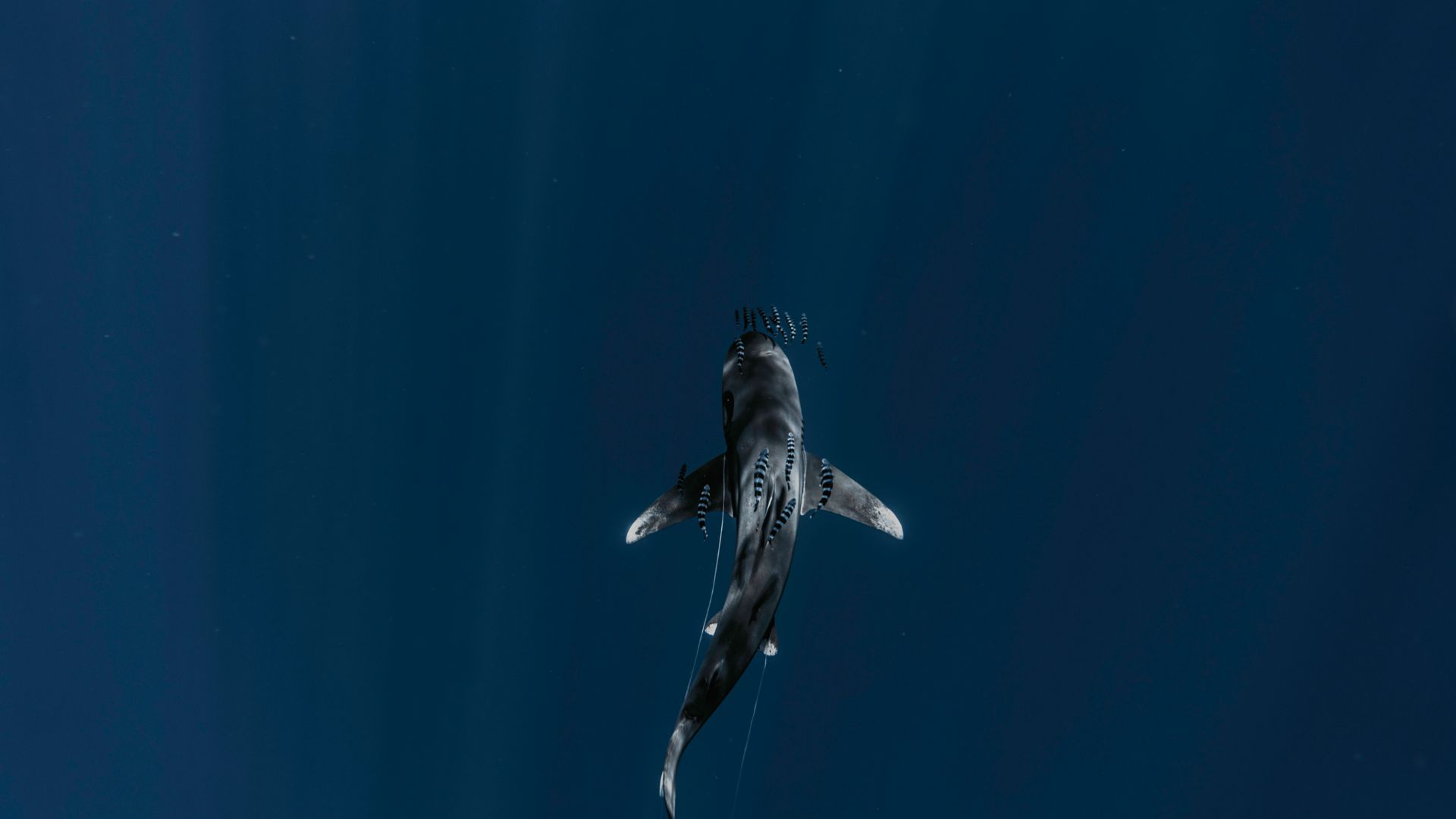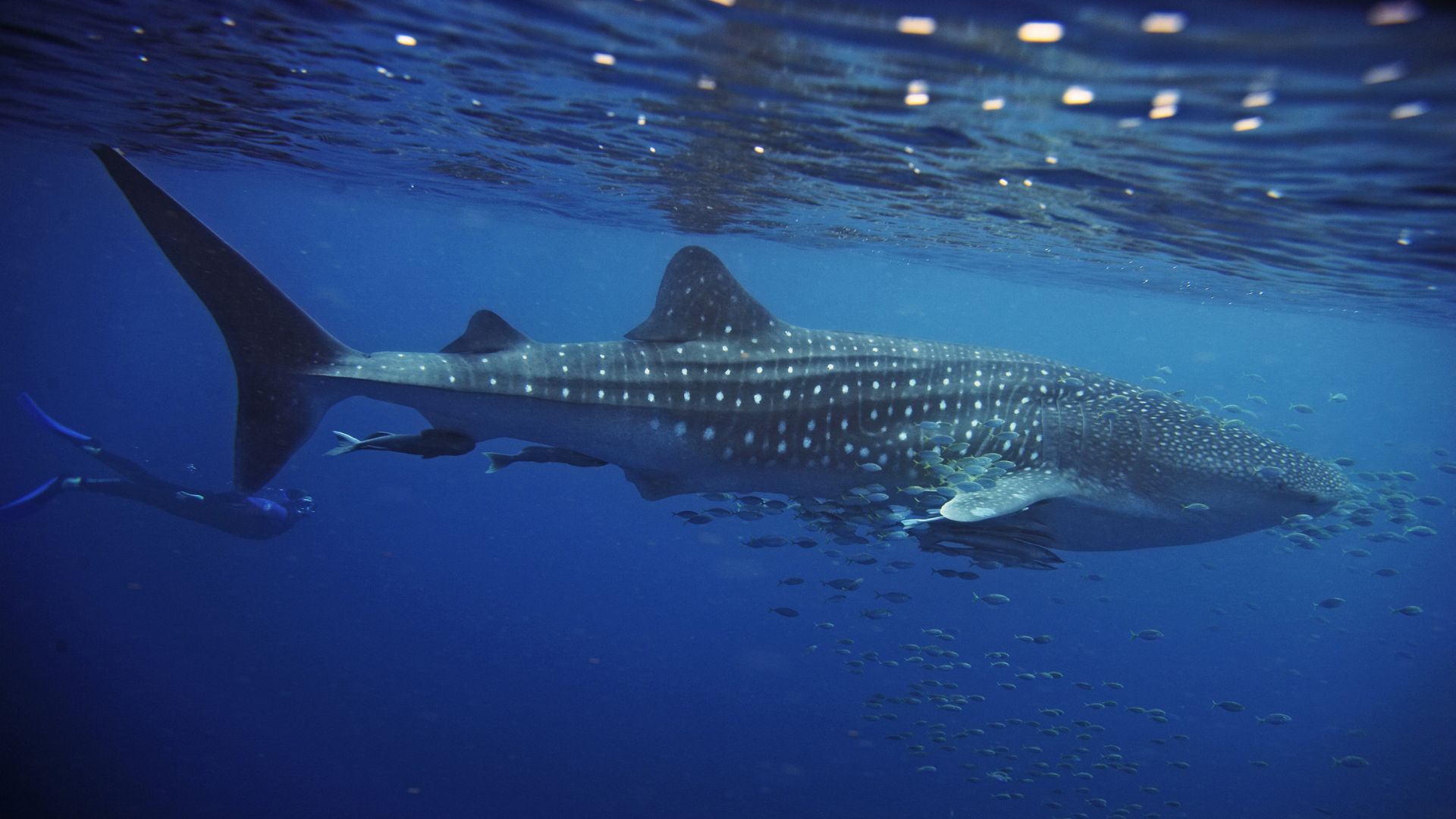
A deep dive into the life cycle of a shark
Sharks are one of the most fascinating and ancient creatures on Earth, having roamed the oceans for over 400 million years. But despite their long history and awe-inspiring reputation, many people know little about how sharks develop from tiny pups into the powerful predators that we associate with the open ocean. The life cycle of a shark is complex and diverse, with different species exhibiting a range of reproductive strategies and developmental stages.
In this article, we’ll explore the different stages of a shark’s life, from birth to adulthood, and why understanding their life cycle is crucial for their conservation:
- Shark birth and development
- Sharks as juveniles
- Adult sharks
- A fascinating journey: The life cycle of a shark
Shark birth and development
The life cycle of sharks begins with birth, but unlike many other animals, sharks don’t follow a single reproductive method. In fact, there are three primary ways that sharks give birth, depending on the species: oviparous, viviparous, and ovoviviparous.
Oviparous sharks
Oviparous sharks lay eggs that develop outside the mother’s body. These eggs are encased in protective cases, often referred to as “mermaid’s purses” because of their distinctive shape. The egg case helps protect the developing embryo from predators and environmental factors. After being laid, the shark embryos develop inside the egg, absorbing nutrients from a yolk sac until they are ready to hatch. Species like the horn shark and the catshark are oviparous, and it can take several months for the pups to fully develop before they hatch from the egg case and enter the ocean.
Viviparous sharks
Viviparous sharks, like humans, give birth to live young. Instead of laying eggs, the developing embryos grow inside the mother’s body, nourished by a placenta or yolk sac. Once the pups are fully developed, they are born live, ready to swim away and begin their independent lives. This method of reproduction is more common among larger sharks, such as the Great White or Bull Shark. Viviparous reproduction provides the advantage of giving birth to more developed pups, which are better equipped to survive in the ocean immediately after birth.
Ovoviviparous sharks
The third type of reproduction is ovoviviparity, which is a combination of oviparity and viviparity. In this case, the shark eggs develop inside the mother’s body, but there is no placenta. Instead, the developing embryos feed off the yolk sac until they hatch internally, after which they are born live. Many species, such as the Tiger Shark and the Blacktip Shark, use this method of reproduction. Ovoviviparous sharks tend to have relatively small litters, with each pup being well-developed at birth.
The early stages of a shark’s life are a vulnerable time, with many risks from predators, environmental changes, and scarcity of food. Pups, whether they hatch from eggs or are born live, must quickly learn to fend for themselves in the vast ocean. Early on, sharks rely heavily on their instincts, and they often seek out sheltered areas, like shallow coastal waters or coral reefs, where they can grow and develop without constant threats from larger predators.

Sharks as juveniles
Young sharks, also known as juveniles, face numerous challenges as they grow and learn to navigate the ocean. One of the most significant challenges they face is predation. Despite their predatory nature as adults, juvenile sharks are vulnerable to being eaten by larger sharks, marine mammals, and other ocean predators. To avoid this fate, young sharks often remain in nursery areas—shallow, protected regions like bays, lagoons, or estuaries where the waters are calm and predators are less abundant.
In these nursery areas, juvenile sharks can grow and develop, slowly building the strength and skills needed for survival in the wider ocean. The early environment plays a critical role in the growth of juvenile sharks. Food availability is essential during this stage, as young sharks need to eat regularly to fuel their growth. Sharks that have access to healthy nursery areas with abundant prey are more likely to survive the perilous early years and eventually reach adulthood.
Additionally, juvenile sharks are learning important skills, such as hunting techniques, navigation, and avoiding danger. These skills are passed down through instinct, but young sharks may also learn by observing older, more experienced sharks. Their ability to hunt, track prey, and avoid predators is vital for their survival as they transition to adulthood.
Adult sharks
Once sharks reach maturity, they take on the role of apex predators in their respective ecosystems. Adult sharks are characterised by their impressive size, powerful jaws, and hunting abilities. Depending on the species, they can reach lengths of up to 18 feet or more, with some species like the Whale Shark growing even larger.
Adult sharks are essential for maintaining the balance of marine ecosystems. As apex predators, they regulate the populations of other species, ensuring that no one group becomes too dominant. For example, sharks often prey on smaller fish, marine mammals, and even other sharks, which helps to control the populations of these species and prevents overgrazing of marine resources like algae and sea grass. This balancing act ensures the health and biodiversity of marine ecosystems.
Sharks also play a key role in reproductive behaviours and mating rituals. Unlike many other species, sharks often have elaborate mating processes, with some species engaging in complex courtship rituals. For instance, male sharks may bite females or engage in other forms of physical interaction as part of the mating process. Shark reproduction is slow, with many species only mating once every two years or more, and the gestation periods can last for several months to a year, depending on the species. This slow rate of reproduction makes sharks particularly vulnerable to overfishing and habitat destruction, as their populations cannot recover quickly enough to withstand human pressures.

A fascinating journey: The life cycle of a shark
The life cycle of a shark is a fascinating journey, full of challenges and adaptations. From their unique reproductive strategies to the dangers they face as juveniles, sharks undergo a remarkable transformation before they reach adulthood. Their role as apex predators is critical for maintaining the balance of marine ecosystems, and without them, ocean health would be at risk.
Let’s recap today’s article one more time:
- Sharks can be oviparous (egg-laying), viviparous (live-bearing), or ovoviviparous (internal egg development followed by live birth), with each method impacting their early life stages.
- Young sharks face numerous challenges, including predation, and often seek out sheltered nursery areas to grow and develop away from larger predators.
- Juvenile sharks rely on their environment, food availability, and learning essential hunting and survival skills as they transition to adulthood.
- As apex predators, adult sharks regulate prey populations, prevent overgrazing, and maintain the balance of marine ecosystems, playing a crucial role in ocean health.
- The slow reproductive rate and vulnerability of sharks make them particularly susceptible to overfishing and habitat destruction, highlighting the need for conservation efforts to protect their populations.
“Sharks are the silent guardians of our oceans, and by understanding their life cycle, we can better protect these apex predators and the delicate ecosystems they sustain.”
Understanding the life cycle of sharks is crucial for their conservation. Sharks are slow to reproduce and highly vulnerable to human impacts like overfishing and habitat destruction. Protecting them requires a commitment to preserving their habitats, reducing bycatch, and ensuring sustainable fishing practices. As we learn more about these ancient creatures and their life cycle, we can better appreciate their importance and take the necessary steps to ensure their survival for future generations.


